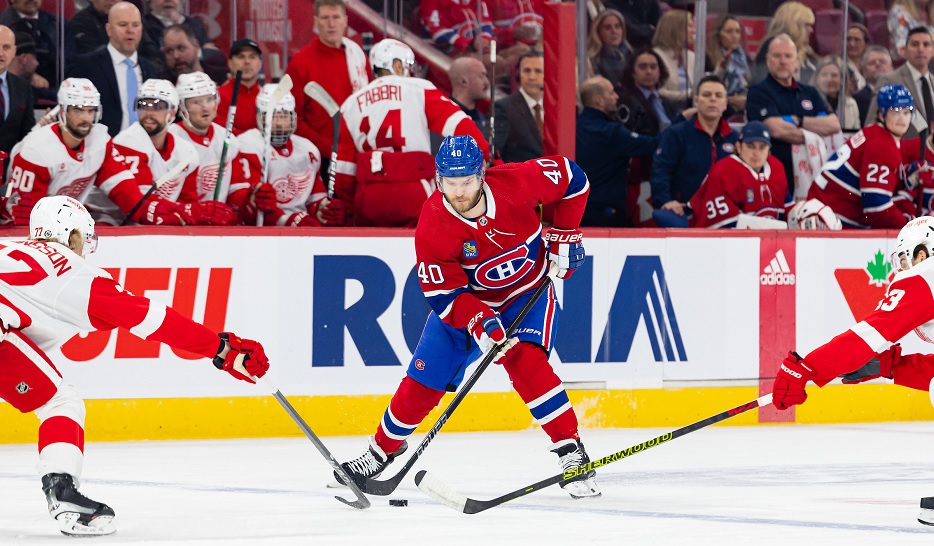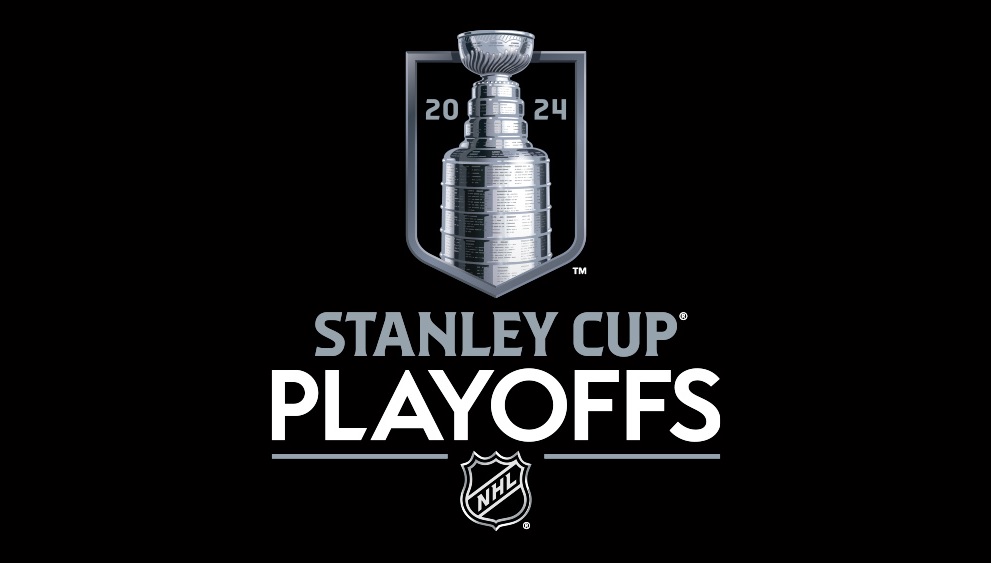HabsWorld.net --
As mentioned time and time again dynasties are dead in the National Hockey League. The Chicago Blackhawks may provide the best look at a team who won it all and then took an incredibly quick fall that they have never really recovered from. Chicago is one of the oldest markets in hockey and their 2009-10 Stanley Cup Championship marked the end of a painfully long streak without one. Chicago, like several other teams who have won the cup recently built their team for the most part off high draft picks and some very successful trades and free agent signings. The Blackhawks also proved something that seems surprising considering the last couple of years, you don’t need an elite goaltender to win the Stanley Cup in modern hockey. Ahead we look at how the Blackhawks won their championship and why they have returned to mediocrity since.
Position during the 2009-10 season conference (league):
2(3)
Record during the 2009-10 season:
52-22-8
What method did they use to build their team?
The majority of the building for the Blackhawks came from within in the form of the draft, although as is the case with most teams trades also had a factor to play with this squad. Chicago followed a model very similar to that of the Pittsburgh Penguins and used their high draft picks effectively to build a championship calibre team. Using these draft picks to select players like Jonathan Toews and Patrick Kane the Blackhawks were able to build themselves an elite team quickly and rise from the bottom of the Western Conference to the top in only a couple of years. They were also able to use trades to their advantage, making a huge acquisition in Patrick Sharp from the Flyers in 2006. They also picked up Marian Hossa via free agency and his playoff experience may have been crucial to their 2009-10 victory. Furthermore, a very important part of their method was building a solid backline that includes such prestigious names as Duncan Keith and Brent Seabrook. This allowed the team to become a contender quickly more then any other aspect of the rebuild. The Blackhawks represent a perfect example of why building from the back is such an effective team building method.
Why was this method effective?
The Blackhawks’ method was effective because they were able to get players through the draft and trades who lived up to their potential and then some. Top draft picks can either make a franchise, like the Blackhawks or break them if they are not effectively used as demonstrated in the second article in this series (link below). With Toews the Hawks were able to find a natural leader who also had all the talent necessary to carry them to a Cup. Kane turned out to be a talent forward, one of the leagues’ elite, who eventually scored the cup clinching goal in overtime of Game Six against the Philadelphia Flyers. A former Flyer himself, Sharp has become one of the best snipers in the NHL after joining the Blackhawks in 2005-06 and makes Chicago’s forward lines dangerous from different places. Keith has evolved into one of the top 10 best defenders in the game of hockey and fellow blueliner Seabrook is not far behind.
What experience did the General Manager have going into his position?
While Stan Bowman, son of NHL coaching legend Scotty Bowman, was the general manager the season the Chicago Blackhawks won the Cup it was Dale Tallon who did the majority of the work in putting the champions together. Tallon is currently the general manager of the Florida Panthers, a team who punched well above their weight this year in the NHL regular season. During his playing career Tallon played for three teams including the Vancouver Canucks who drafted him, the Chicago Blackhawks and the Pittsburgh Penguins. Tallon then proceeded to go into media work as the voice of the Blackhawks for many years. During this time he also had a couple of jobs in their front office. He was named General Manager of the Blackhawks in 2005, his first management post. He was relieved of his position after the 2009 season. Tallon’s name was, however, engraved on the Stanley Cup as a member of the Blackhawks.
What can be expected from this team in the future?
Chicago’s post Stanley Cup years have been different from any other team covered in this series thus far. After winning it the team had to do a complete rebuild, maintaining most of their stars but losing some players equally key to their Championship season. This has since left the team mediocre and they have struggled to get anywhere close to returning to the Stanley Cup Final. The team does still have the main stars of their cup run: Toews, Kane, Sharp, Dave Bolland, Keith, Hossa, and Seabrook. However the goaltender who took them all the way to the cup, Antti Niemi, has since departed. This leaves the Hawks with a serious void between the pipes that hasn’t yet been filled by young goaltender Corey Crawford. The Blackhawks will be looking to acquire a goaltender this offseason and some would speculate that Roberto Luongo could be on the way as a replacement. Nonetheless Chicago is still a couple of pieces away from returning to their recent glory days. They need Toews to stay healthy for an entire season and to acquire some of the depth back that they lost after winning the Cup in 2009-10. Whether any of this will happen remains to be seen but they do have a solid core that could prove to make them competitive for years to come.
How was the core of the team put together?
The core of the Chicago Blackhawks is a very interesting one. That is because it doesn’t include a goaltender like almost every other core in the league does. Corey Crawford is key to Chicago victory on almost every single night but the fact that they are looking for other options and that he has not yet proven himself at the NHL level speaks to the fact that he is not part of what would be considered the Hawks’ core. The true core of the Hawks consists of 5 forwards and 2 defenders. Jonathan Toews was drafted by the Blackhawks 3rd overall in the 2006 NHL Entry Draft. Patrick Kane was drafted by the Blackhawks 1st overall in 2007. Patrick Sharp was acquired via trade with the Philadelphia Flyers in 2005-06. Dave Bolland was drafted 32nd overall in the 2004 Draft while Marian Hossa was acquired via free agency after making the Stanley Cup Finals the two years before the Blackhawks won the Cup. Duncan Keith was selected 54th overall in 2002 by the Blackhawks and Brent Seabrook was selected 14th overall in 2003.
Average Age: 27.7
Average Time Spent With Team: Since 2008
The Chicago Blackhawks are very different from any of the other teams that have been reviewed so far in this article series. The main difference between them and the Pittsburgh Penguins, Los Angeles Kings, and Detroit Red Wings is the fact that the Blackhawks didn’t have a goaltender who was a big factor in their cup run or their current roster. Antti Niemi is an NHL calibre goaltender but isn’t an elite level goaltender. During the run to the Cup in 2009-10 Niemi was good but never really had to steal a game along the way. In fact even in the Stanley Cup Finals analysts were still criticizing his goaltending ability despite the fact that he had helped his team get all the way to one of the biggest playoff rounds in their history. The summer after the Blackhawks had won Niemi was offloaded by the club, allowed to roam free agency and look for a team who would take a chance on him. It eventually turned out that club was the San Jose Sharks. The Blackhawks may provide the best example of the effect of the current salary cap on the competition of the league. One year the Blackhawks were the best team in the NHL, the next they were reduced to fighting for the ability to play past early April.

